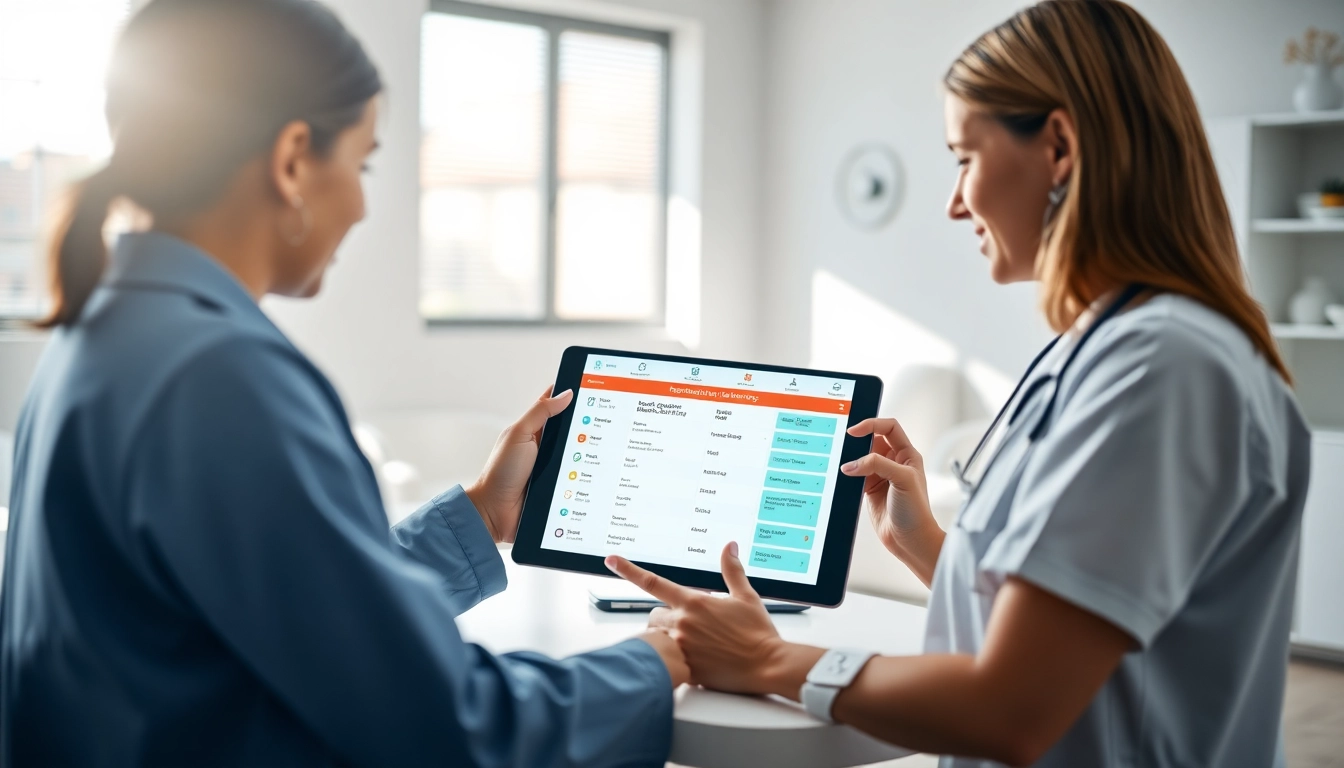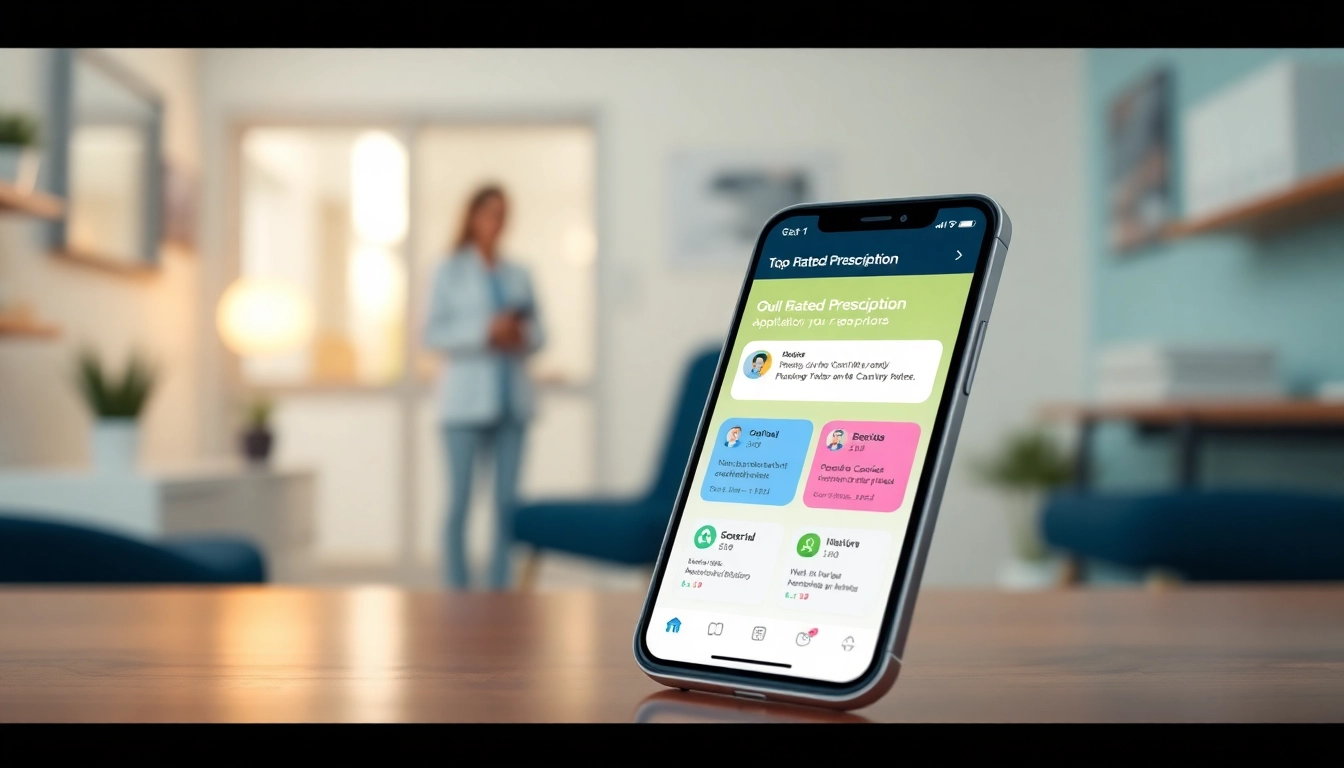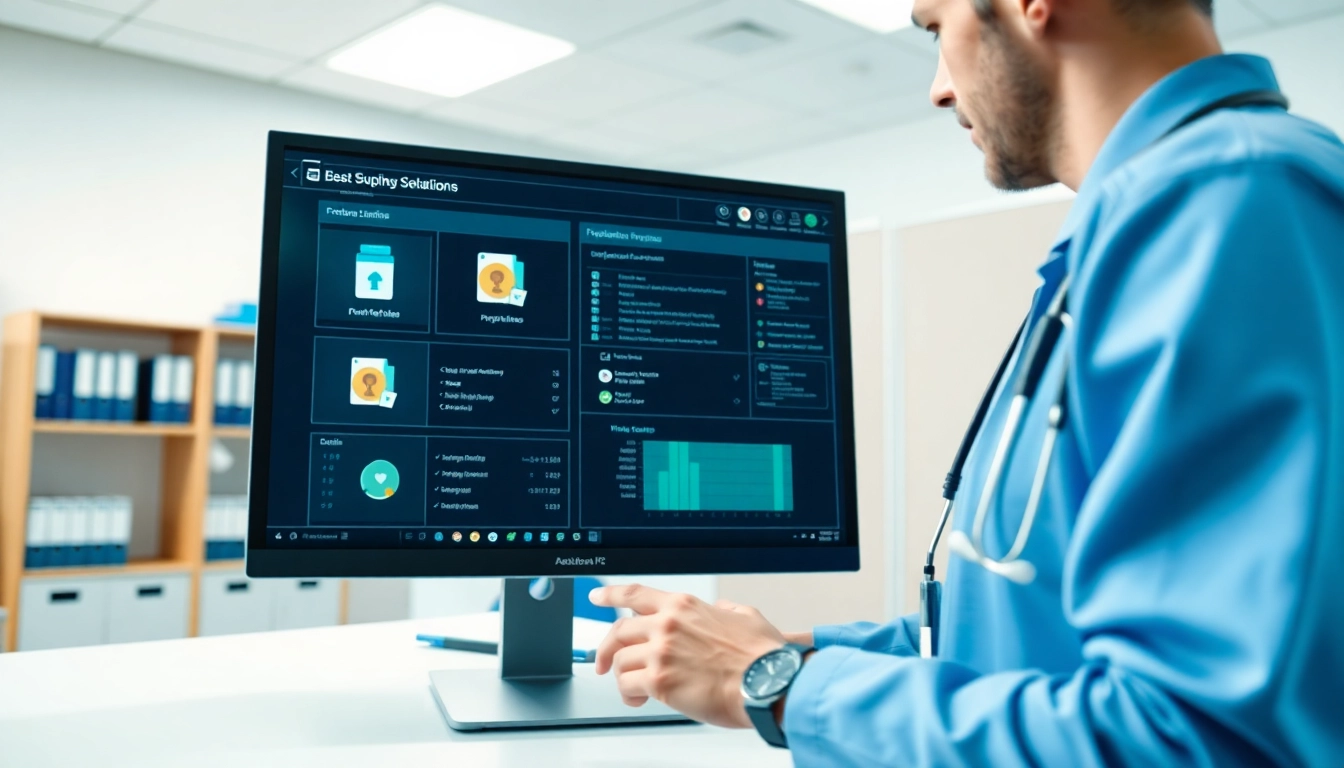Understanding Eprescribing Software
What is Eprescribing Software?
Eprescribing software, often referred to as electronic prescribing software, is an innovative tool that enhances the process of medication management within healthcare settings. By enabling healthcare providers to create and send prescriptions directly to pharmacies electronically, e-prescribing mitigates the issues associated with traditional paper-based prescriptions, such as legibility problems and potential miscommunication. Subsequently, this technology streamlines workflow and improves the overall patient care experience.
This digital transformation signifies a significant advancement in healthcare practices, allowing for real-time updates and the integration of patient records into medical workflows. With the availability of various features of eprescribing software, healthcare professionals can efficiently manage prescriptions, enhancing patient care and operational efficiency.
How Eprescribing Software Works
Eprescribing software operates through a networked system that connects clinicians, pharmacies, and payers seamlessly. Once a healthcare provider determines the appropriate medication during a patient consultation, they input the prescription details directly into the software. This data is instantly sent to the designated pharmacy, where pharmacists can immediately fill the prescription without the historically prevalent delays associated with paper prescriptions.
Additionally, the software may integrate various functionalities, such as checking for drug interactions, accessing medication history, and confirming insurance benefits, to further enhance the managerial capabilities of healthcare providers. This interconnected approach not only improves the accuracy and efficiency of prescription management but also bolsters medication adherence, ultimately benefiting patient outcomes.
History and Evolution of Eprescribing
The origins of e-prescribing can be traced back to the late 1990s. Initially, the transitions from paper prescriptions to electronic formats were gradual and fragmented. However, as regulatory frameworks and technological advancements emerged, healthcare organizations quickly recognized the potential benefits of adopting e-prescribing systems.
By the late 2000s, numerous studies illustrated the reductions in medication errors and improvements in patient safety stemming from e-prescribing practices. Consequently, government incentives were established to encourage adoption among healthcare providers, leading to the advancement and widespread acceptance of e-prescribing software throughout the healthcare industry.
Key Features of Eprescribing Software
Electronic Prescription Transmission
One of the core features of eprescribing software is its ability to facilitate the electronic transmission of prescriptions. This function allows healthcare providers to send prescription information directly to pharmacies with just a few clicks, reducing the time patients spend waiting for their medications and enhancing overall efficiency. Electronic transmission ensures that prescriptions are not lost in transit, are legible, and are accurately received by the pharmacy, safeguarding patient safety.
Real-Time Medication History Access
Eprescribing software often provides healthcare providers with real-time access to a patient’s medication history. This feature enables clinicians to quickly view a patient’s current medications, enhancing their ability to make informed prescribing decisions. The ability to see what medications a patient is taking at any given time reduces risks related to polypharmacy and helps in identifying potential adverse drug interactions.
This real-time access not only boosts the efficiency of patient assessments but also fosters a comprehensive and integrated approach to patient healthcare management.
Drug Interaction Alerts
Another critical feature of eprescribing software is its capability to generate drug interaction alerts. When providers enter a prescription, the system automatically checks for possible adverse interactions between prescribed medications. If any conflicts are detected, alerts are generated to inform prescribers. This feature is crucial for patient safety, as it helps to mitigate the risks of harmful drug interactions and ensures better clinical outcomes.
Furthermore, these alerts often extend to allergies, reinforcing the role of eprescribing software in promoting safe and effective medication practices.
Benefits of Using Eprescribing Software
Improved Patient Safety
One of the primary benefits of e-prescribing software is its significant contribution to improving patient safety. By reducing errors relating to handwriting and miscommunication, the software increases the precision of prescriptions. Features such as drug interaction alerts and comprehensive medication histories work synergistically to prevent adverse drug events and facilitate safer prescribing practices. When patients feel confident that their prescriptions are correctly managed, their overall experience improves, fostering trust in healthcare providers.
Time Efficiency for Healthcare Providers
Eprescribing software enhances the workflow efficiency for healthcare providers. Traditional prescription methods can be time-consuming due to the manual entry and potential follow-up that may be required when pharmacies face issues with illegible prescriptions. By allowing direct transmission to pharmacies and providing alerts for potential prescription conflicts, healthcare professionals can spend more time focusing on patient care rather than administrative tasks.
Additionally, the automation of prescription renewals and medication adherence reminders further streamlines providers’ workflows, ultimately creating a more productive environment within healthcare settings.
Cost Savings for Patients and Practices
The implementation of e-prescribing software can lead to substantial cost savings for both healthcare providers and patients. By reducing prescription errors and ensuring more accurate medication management, unnecessary healthcare costs associated with adverse drug events are minimized. Moreover, patients benefit from decreased wait times at pharmacies, leading to improved medication adherence, which can lower overall healthcare expenses in the long term.
For healthcare practices, the integration of e-prescribing into existing workflows can result in more efficient use of resources, streamlined billing processes, and reduced administrative burdens, leading to enhanced financial performance.
Challenges in Adopting Eprescribing Software
Integration with Existing Systems
While the benefits of e-prescribing software are substantial, the integration of these systems with existing healthcare technologies can pose challenges. Many healthcare practices use legacy systems that may not be compatible with modern e-prescribing solutions. This incompatibility can lead to data silos and hinder seamless information flow.
To overcome these challenges, healthcare organizations should consider investing in interoperable software solutions designed to facilitate integration. Collaborating with vendors that prioritize compatibility and provide comprehensive support can also streamline the transition process.
User Training and Adaptation
Another challenge healthcare providers may encounter when adopting e-prescribing software is the need for user training and adaptation. Transitioning from traditional prescription methods to electronic systems requires training staff on the new technologies and processes. Resistance to change or lack of technological comfort can impede successful adoption.
To address this, organizations should prioritize training programs that familiarize staff with the software’s functionalities. Continuous support and user-friendly interfaces can enhance comfort levels and encourage smoother adaptation to the new practices.
Data Security Concerns
Protecting sensitive patient information is a crucial concern within any healthcare technology. With e-prescribing software handling highly confidential data, the risk of data breaches and cyber threats cannot be overlooked. Ensuring compliance with regulations, such as HIPAA, and implementing robust security protocols is essential to maintaining patient trust.
Healthcare organizations should invest in advanced security measures, such as encryption and multi-factor authentication, to safeguard data and mitigate risks effectively. Regular audits and updates to security practices will also contribute to the ongoing resilience of e-prescribing solutions against emerging threats.
Future Trends in Eprescribing Software
Advanced Features on the Horizon
The future of eprescribing software is poised for further enhancement, with the development of advanced features that will shape the landscape of medication management. Innovations such as artificial intelligence (AI) integration and predictive analytics are expected to help healthcare providers make more informed prescribing decisions by analyzing vast datasets in real-time.
Emerging technologies aimed at natural language processing will also enable providers to interact with e-prescribing systems through voice commands, thereby enhancing user experience. Integration with mobile applications aims to provide patients with greater access to their prescriptions and medication recommendations, fostering patient engagement and adherence.
Impact of AI on Eprescribing
As healthcare moves towards data-driven solutions, artificial intelligence is anticipated to play a significant role in the evolution of eprescribing software. AI can analyze patient-specific data, contextualize treatment histories, and provide tailored medication recommendations based on individual needs.
Moreover, AI can enhance drug interaction alerts by recognizing patterns that traditional systems may overlook, ultimately contributing to improved patient safety and outcomes. The continuous improvement of machine learning algorithms within eprescribing software promises to revolutionize clinical decision-making processes.
Regulatory Changes and Compliance
As the landscape of telehealth and digital prescribing continues to evolve, so too will the regulatory frameworks governing these practices. Healthcare organizations must stay abreast of changes to ensure ongoing compliance with legal requirements related to e-prescribing.
Emerging regulations may focus on enhancing data security, promoting interoperability among different healthcare systems, and incentivizing the transition to e-prescribing practices among hesitant providers. Staying informed about these changes will be critical for healthcare organizations to adapt and fully leverage the potential of e-prescribing solutions.











Leave a Reply